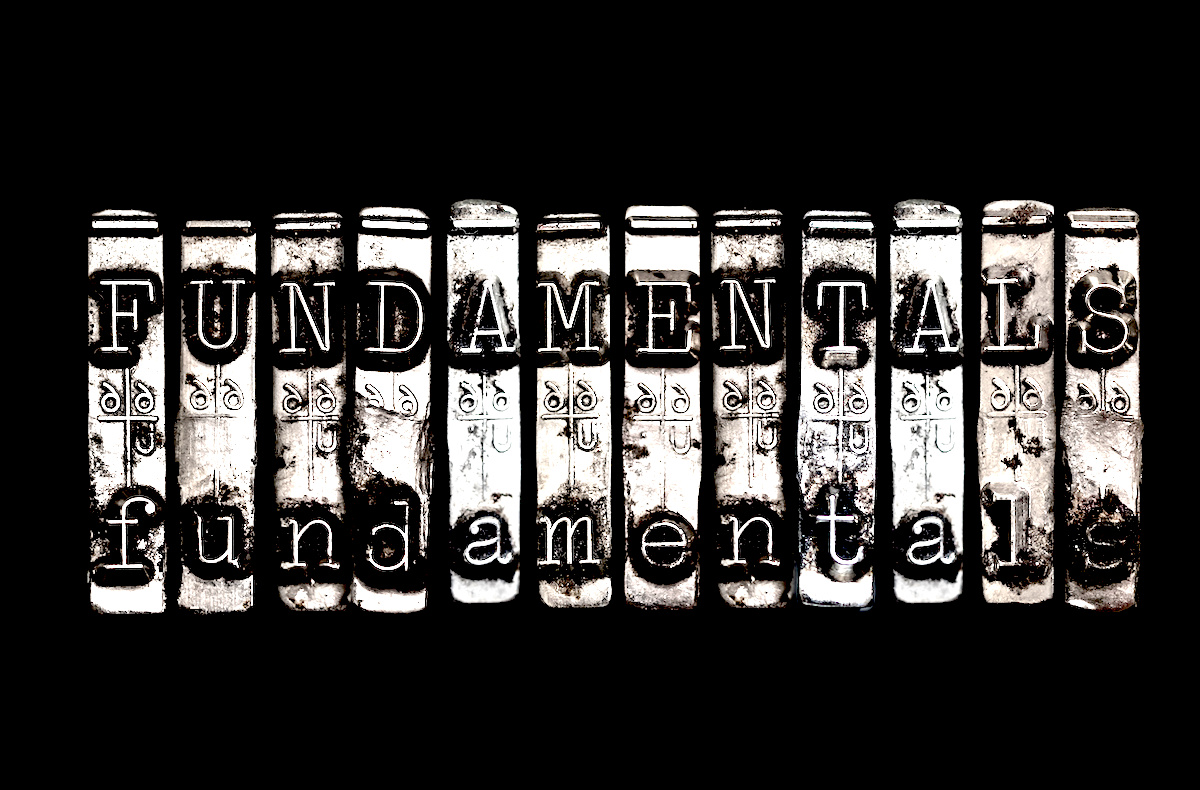Emerging Markets Cheat Sheet (November 14, 2011)
Strengths
- China's CPI, the main gauge of inflation, rose 5.5 percent year-over-year in October, weakening from September's 6.1 percent, the National Bureau of Statistics (NBS) said on Wednesday. This will enable the People’s Bank of China to reduce the required reserve rate (RRR) for the banks to allow more loans growth. China’s inflation peaked in July this year.
- China’s October PPI was up 5 percent, lower than the estimated 5.8 percent and September’s 6.5 percent, as slowing global economy dampened material price increase. Fixed asset investment was up 24.9 percent, higher than the estimated 24.8 percent, though in a slow declining trend as China plans to rely less on fixed asset investment to support its GDP growth.
- The Central Bank of Indonesia cut its reference rate by 50 basis points to 6 percent yesterday. This unexpected rate cut followed a 25 basis point rate reduction just a week ago. Bank Indonesia decided to support economic growth as the external economic environment deteriorates as the eurozone debt crisis became worse than expected.
- Turkish industrial production rose 12 percent from a year earlier, according to data published by the government statistics agency, compared with a median forecast of 6.4 in a Bloomberg survey of nine economists.
Weaknesses
- China’s October exports rose 15.9 percent year-over-year versus 17.1 percent in September, and market expectation of 16.1 percent; imports rose 28.7 percent versus 20.9 percent in September and market expectation 22.2 percent; trade surplus was $17 billion in October, higher than September’s $14.5 billion. Trade with Europe weakened, proving the eurozone debt crisis slowed the European economy and demands for China’s goods. Growth of exports to Korea, the Association of Southeast Asian Nations (ASEAN), and Japan also slowed, further pointing to the signs of an Asia slowdown affected by Europe and the U.S.
- China’s October retail sales were up 17.2 percent year-over-year, lower than market estimate of 17.6 percent and September’s 17.7 percent. For the first 10 months, retail sales in China rose 17 percent, which is a strong showing and is fast enough to take China to a consumption-based economy in 3 to 5 years time.
- China’s October passenger car sales rose 1.4 percent on a year-over-year basis after enormous growth last year, according to the Center for Asian American Media (CAAM).
- China's industrial value-added output grew 13.2 percent year-over-year in October, lower than September’s 13.8 percent, indicating slowing industrial production.
- China's fixed-asset investment rose 24.9 percent year-over-year in the first 10 months of the year to $3.8 trillion.
- In its monetary policy meeting today, Bank of Korea (BoK) kept the interest rate unchanged at 3.25 percent, but BoK said domestic demand has faltered. Korea's GDP increased 3.4 percent year-over-year in the third quarter, much lower than the government's forecast of 4 percent for the year. The major disappointment was in declined capital expenditure investment and inventory destocking, which implied that business sentiment has turned very cautious in the uncertain environment. Consumption growth also slowed down in the third quarter, as a result of weaker consumer confidence.
- China's broadest measure of money supply, M2, was up 12.9 percent at the end of October from a year earlier, slightly slower than the 13.0 percent rise at the end of September, and below economists' expectations for 13.1 percent. Chinese financial institutions issued CNY586.8 billion worth of new yuan loans in October, up from CNY470.0 billion in September and above economists' expectations of CNY500.0 billion, which is expected to rise continuously toward the end of the year.
- Hungary’s inflation rate unexpectedly rose to the highest level in five months in October as fuel and clothing prices jumped. Consumer prices increased 3.9 percent from a year earlier after a 3.6 percent rise in September, according to the statistics office in Budapest.
Opportunities
- CLSA strategist Francis Cheung compared the MSCI China earnings yield today with those during the Financial Crisis in 2008, SARS in March 2002, the dotcom burst in early 2000, and the Asia Financial Crisis in September 1997. He finds many sectors are trading at 2008 lows, as shown in the graph below. This may indicate Chinese stocks are at the bottom of the current market cycle.

- Exxon recently signed contracts with the Kurdistan Regional Government (KRG) to explore six blocks in the north of Iraq. The move suggests that a compromise is close between KRG and the central government to recognize existing production sharing agreements with other exploration companies already in the region.
Threats
- October’s industrial production and exports in China, and elsewhere in Asia, has started a slowing trend. China’s October PMI also showed slowing export orders. Other indicators such as Canton Fair Order also pointed to slowing growth of both exports and imports. The Bank of Korea has said October domestic consumption faltered in Korea. As the eurozone debt storm gathered pace in Italy, Asian governments have to take measures to support growth. As of today, we only saw Indonesia ease monetary policy by cutting its reference rate.
- The European Union’s energy commissioner Gunther Oettinger has accused Russia of using energy as a political weapon. The commissioner sees the southern corridor route to deliver gas from the Caspian Sea as Europe’s best strategy, calling Gazprom’s South Stream pipeline a “new route for old gas.”












